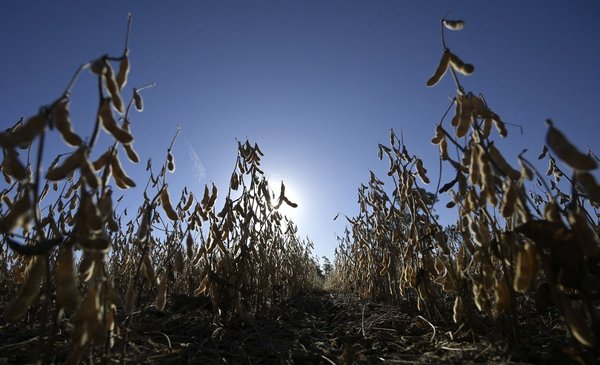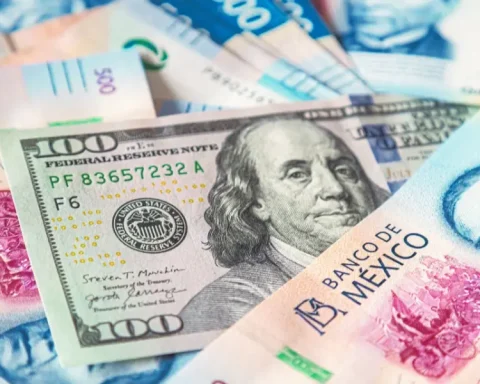After Uruguay exported 3,063 million tons of soy for US$ 1,915 million, Experts predict that in this harvest, that of 2022/23, the profits generated by the oilseed will dropin a scenario of uncertainty due to the rise in costs and the development of the climate, which due to the water deficit and the announcements of the Niña year, will probably affect the yields in the next summer campaign.
These data were shared in the elevener National Meeting of the Oilseed Technological Table (MTO)which took place this Thursday.
Will the area grow?
Despite the fact that lower prices are expected for the grain, the president of the MTO, Roberto Verdera, confirmed to The Observer what for now a planting area of 1.2 million hectares is projected for this new harvest, greater than last year’s, which was 1.165 million hectares (46% first-class soybeans and 54% second-class soybeans).
The dry period began earlier than what had happened in other years and currently “we are without water in the soil profile,” Verdera lamented, so the planting area is still an estimate that could change, and remain stable in the future. last season’s number, he admitted.
He recommended “not rushing to sow”, sowing as long as the humidity gives for “even emergencies”, and he anticipated that it is possible that the sowings will be delayed or the areas will also be reduced if the drought continues.
From the MTO they considered, regarding the value of the complex, that the oilseed chain “is highly competitive”since in the last harvest it doubled the added value generated.
The value added by the oilseed complex exceeded US$ 1.7 billion in 2021/22, thus representing 80% of sales. For every US$100 of sales, soybeans generated more value added than rapeseed, and this was mainly because the yields were better.
Soybean exports until last season.
Exceptional margins
In the last harvest, the price per ton of grain rose 33% and stood at an average of US$ 583 per ton. That value was combined with good yields to achieve record margins, they indicated from the MTO.
Those margins were considered “exceptional” in almost the entire country, except in the north, where weather conditions affected yields.
The farmers had an income of US$ 1,653 per hectareand production costs of US$ 679 per hectare for first-class soybeans and US$ 571 for second-class soybeans, 12.6% and 25% more than in the previous campaign, respectively.
Taking into account the average yields of the last five harvests, and higher production costs, it was noted that, although it is expected to drop compared to last harvest, the average margin will remain “comparatively high”.
For this new harvest, a price per ton of US$ 520 is projected for soybeansand the equilibrium yield, before rent, would be 1,500 kilos per hectare.

Estimated price.
More second class soybeans
For the new campaign, in addition to an adjustment in prices, it is expected that the proportion of second-class soybean crops will increasegiven the increase in the area of winter crops (area of crops under development which is also a record, adding wheat, barley and rapeseed).
In the harvest that passed, 3.2 million tons of soybeans were produced, 60% more than in the previous harvest. The average yield was 2,790 kilos per hectare, 47% more than the previous year.
The planting area grew 8.8% driven by high prices. 85% of the total production was made on the south coast and in the center of the country.

Most of the soy was produced on the coast of the country.
For this next harvest, it is expected that the local industry will reprocess more than 200 thousand tons of oilseedswith which 63 thousand tons of oil, 15 thousand tons of biodiesel, 2 thousand tons of glycerin and 133 thousand tons of flour and pellets can be produced.
As concluded from the MTO, with crop management measures and technological changes that manage to mitigate the effects of the lack of water, an impact may be generated on the stability of yields and also on the soybean business.


















